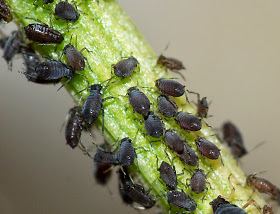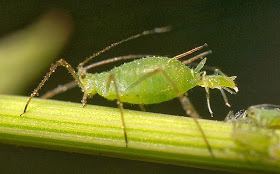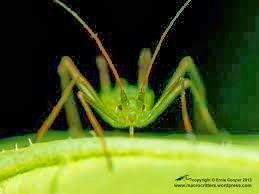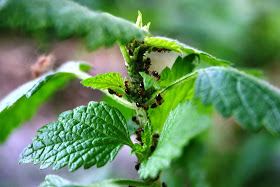1diesel1
Staff
Supporter
- 11,184
- 438
I diluted it 1/2-1/2 with vinegar. Ide try straight up habenaro but I don’t have near enough to spray these huge plants.Habanero doesn’t work with these guys?
I diluted it 1/2-1/2 with vinegar. Ide try straight up habenaro but I don’t have near enough to spray these huge plants.Habanero doesn’t work with these guys?
Bro every industry has scammers and generally bad people who cares more about money than anything else but in an indoor situation especially, they should get the job done.
And on the outdoors, if they’re able to feed on your property, why would they travel? People do sprays and shit and then release the bugs and mites. Well at this point there isn’t a healthy prey population that would keep them there. There should always be plenty of prey to keep them there.
Without getting too much into it, the organic industry has more scamming going on than most would think and not even just cannabis because it is the nature of their business. Selling dreams is a big part of the organic industry. Many of the natural remedies that work for organic growing are too cheap to make money on. In reference to buying bugs though, indoors is even a worse idea IMO. Not only are the going to eventually die, their prey is super easy to kill with simple solutions that are far cheaper and MUCH MUCH easier. If you release a bunch of ladybugs into your room and they do what they are meant to (eat aphids), they are going to starve a few days later and you are going to have a mess on your hands. The other reason is many of the lady bugs sold are not native species and from Europe (Adalia bipunctata) or Asia (Harmonia axyridis) and can carry disease and parasites that will kill native populations. If you do find someone who harvests wild native ladybugs (Hippodamia convergens) aka convergent ladybirds you will pay a much higher price for it. Anyhow to each their own for sure but there are better ways that are much cheaper and effective and i speak from experience, but I can assure you nobody is making money off of those ideas.
@Homesteader
Thanks bro! Sprayed an hour ago just checked 100% success!!! Kudos!!!!!
I’ve done this also and it worked. I’ve heard the soapy water clogs their breathing and they suffocate or hit the roadGlad to hear, I would give them a douche with warm water in the morning to get the soap off. Wait a few days and do it again. I think it will kill eggs but its unlikely you got all of them the first try. warm water the day after to clean the leaves.


I think my problem is the there were so many and after watching the one give birth made me realize I ain’t dealing with spider mites. I’m going to give the citrus a shot tomorrow, lights out.Essential oils. 10-30 drops per gallon. Spray when lights are off, or under 80 degrees. I would use 30 drops per gallon on your late infestation. Tea tree works best, but when flowers are on the plants I choose a citrus application. You can order this brand on Amazon or drive down to GNC.
You will need several applications. I would spray everyday for a week personally.
Use an emulsifier if possible.
Notice the organic label on the ones I posted?


Aphids, sorry stoned! They are aphids. I’m spraying every other day but obviously they are reproducing by the hour.Maybe a defoliation of lower leaves would help. Are they mainly on the bottom leaves or in the flowers too? Spider mites? I thought they were aphids....well actually I thought at first they were thrips, but if they gave birth its a aphid. They are born prego
Bottom leaves top leaves center leaves all the way up the damn branches to the top buds like a daisy chain climbing a mountain! There’s one plant that was the host she’s looking like shit I’m about ready to chop but she’s so big I can’t get my self to do it.Maybe a defoliation of lower leaves would help. Are they mainly on the bottom leaves or in the flowers too? Spider mites? I thought they were aphids..Do you have both? ..well actually I thought at first they were thrips, but if they gave birth its a aphid. They are born prego
Ya, that’s a good idea.Can you defol or is that too big of a job? Are they going high and low? If you can defoliate it should make the spraying a bit easier.
What would that do?You could also try using tangle foot on the stem but the shit is messy as fuck




All my research shows no soil varmints. There flyers or piggy back from another bug. Which I have a few stink bugs flying around in here I can’t get rid of.prevents them from climbing
